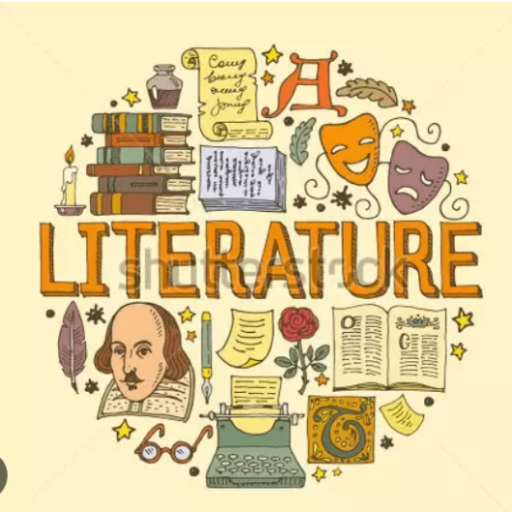Mark Twain, one of America’s most renowned writers, left an indelible mark on literature with his captivating works. Among his notable creations, “The Prince and the Pauper” stands out as a timeless tale of identity, social classes, and the power of perspective.
In this article, we delve into the rich tapestry of Twain’s novel, exploring its plot, themes, characters, and historical context. Join us as we embark on a journey through the vivid pages of “The Prince and the Pauper.”
Advertisement
The Prince and the Pauper: Mark Twain’s Classic Tale of Identity and Society
Background of Mark Twain
Before delving into the intricacies of “The Prince and the Pauper,” it’s essential to understand the context in which Mark Twain crafted his masterpiece. Samuel Clemens, better known by his pen name Mark Twain, was born in 1835 in Florida, Missouri.
Advertisement
Twain’s upbringing in the Mississippi River region greatly influenced his writing, with themes of adventure, social commentary, and satire prevalent in his works.
Advertisement
Overview of “The Prince and the Pauper”
“The Prince and the Pauper” was first published in 1881 and tells the story of two young boys, Edward Tudor, Prince of Wales, and Tom Canty, a pauper living in London during the reign of King Henry VIII.
Advertisement
The novel explores the striking resemblance between the two boys, leading to a chance encounter that forever alters their lives.
The Prince and the Pauper: Plot Summary
In this section, we delve into the captivating plot of “The Prince and the Pauper.” The novel opens with the introduction of Edward, the Prince of Wales, and Tom, a young pauper who dreams of a better life.
By a twist of fate, the two boys meet and decide to exchange clothes for a brief moment. However, their harmless prank escalates when Edward, now dressed as a pauper, is mistaken for Tom and cast out onto the streets.
As Edward struggles to adapt to his new life, Tom finds himself thrust into the grandeur and responsibilities of royalty.
The boys navigate a web of treachery, mistaken identities, and societal constraints as they strive to regain their rightful positions.
Their extraordinary journey challenges the notions of class, identity, and the disparities between the privileged and the impoverished.
Key Themes and Messages: The Prince And The Pauper Mark Twain
“The Prince and the Pauper” explores several overarching themes that remain relevant even in contemporary society. Twain delves into the concepts of social inequality, the power of empathy, and the arbitrary nature of social class.
Through the contrasting lives of Edward and Tom, the novel highlights the impact of circumstance and challenges readers to question the rigid societal structures that perpetuate inequality.
Characters and their Significance
Twain’s masterful character development breathes life into “The Prince and the Pauper.” Edward and Tom, as the protagonists, undergo profound personal growth as they navigate their divergent paths.
Additionally, the novel introduces a host of memorable characters, including Miles Hendon, a valiant soldier; Hertford, a conniving nobleman; and Lady Jane Grey, who provides a glimpse into the limitations faced by women during the era.
Writing Style and Language
Mark Twain’s signature writing style is characterized by its wit, humor, and social commentary. In “The Prince and the Pauper,” he employs a rich narrative filled with vivid descriptions, evoking the atmosphere of sixteenth-century England.
Twain’s language transports readers to a bygone era, capturing the essence of the time while delivering his biting observations on society.
Historical Context: The Prince And The Pauper Mark Twain
To fully appreciate the nuances of “The Prince and the Pauper,” it is essential to consider the historical backdrop against which the story unfolds.
Twain meticulously researched the Tudor era, drawing inspiration from the political climate, social customs, and cultural dynamics of the time.
By grounding his narrative in historical accuracy, Twain immerses readers in a vivid tapestry of Renaissance England.
Critical Reception
Upon its publication, “The Prince and the Pauper” garnered critical acclaim for its compelling storytelling and incisive commentary.
Twain’s ability to capture the imagination of readers while addressing weighty social issues solidified his position as a literary genius.
The novel continues to be celebrated for its exploration of identity, social inequality, and the human capacity for empathy.
Adaptations and Popularity
Over the years, “The Prince and the Pauper” has captivated audiences beyond the pages of the novel.
The timeless tale has been adapted into numerous stage plays, movies, and television shows, bringing Twain’s narrative to life in various mediums.
These adaptations serve as a testament to the enduring popularity and universal appeal of the novel.
Impact and Legacy
“The Prince and the Pauper” remains a literary masterpiece that transcends time. Twain’s exploration of identity, social class, and the human experience continues to resonate with readers of all ages.
The novel’s enduring legacy lies in its ability to inspire reflection, compassion, and a critical examination of societal norms.
Conclusion: The Prince And The Pauper Mark Twain
Mark Twain’s “The Prince and the Pauper” takes readers on a captivating journey through sixteenth-century England, exploring the complex interplay between identity, social classes, and the power of perspective.
Twain’s masterful storytelling, combined with his incisive social commentary, ensures that this classic tale remains relevant and thought-provoking to this day.
Frequently Asked Questions
No, while Mark Twain drew inspiration from historical events and figures, the story itself is a work of fiction.
The novel appeals to readers of various ages, but it is often recommended for young adults and above due to its thematic depth.
Yes, there have been several film adaptations of the novel, with each interpretation bringing its unique perspective to the story.
The novel’s exploration of social inequality, identity, and empathy remains relevant in today’s world, encouraging readers to reflect on societal structures.
If you found “The Prince and the Pauper” captivating, you might also enjoy Mark Twain’s other classic works, such as “The Adventures of Tom Sawyer” and “Adventures of Huckleberry Finn, Diaries of Adam and Eve.

